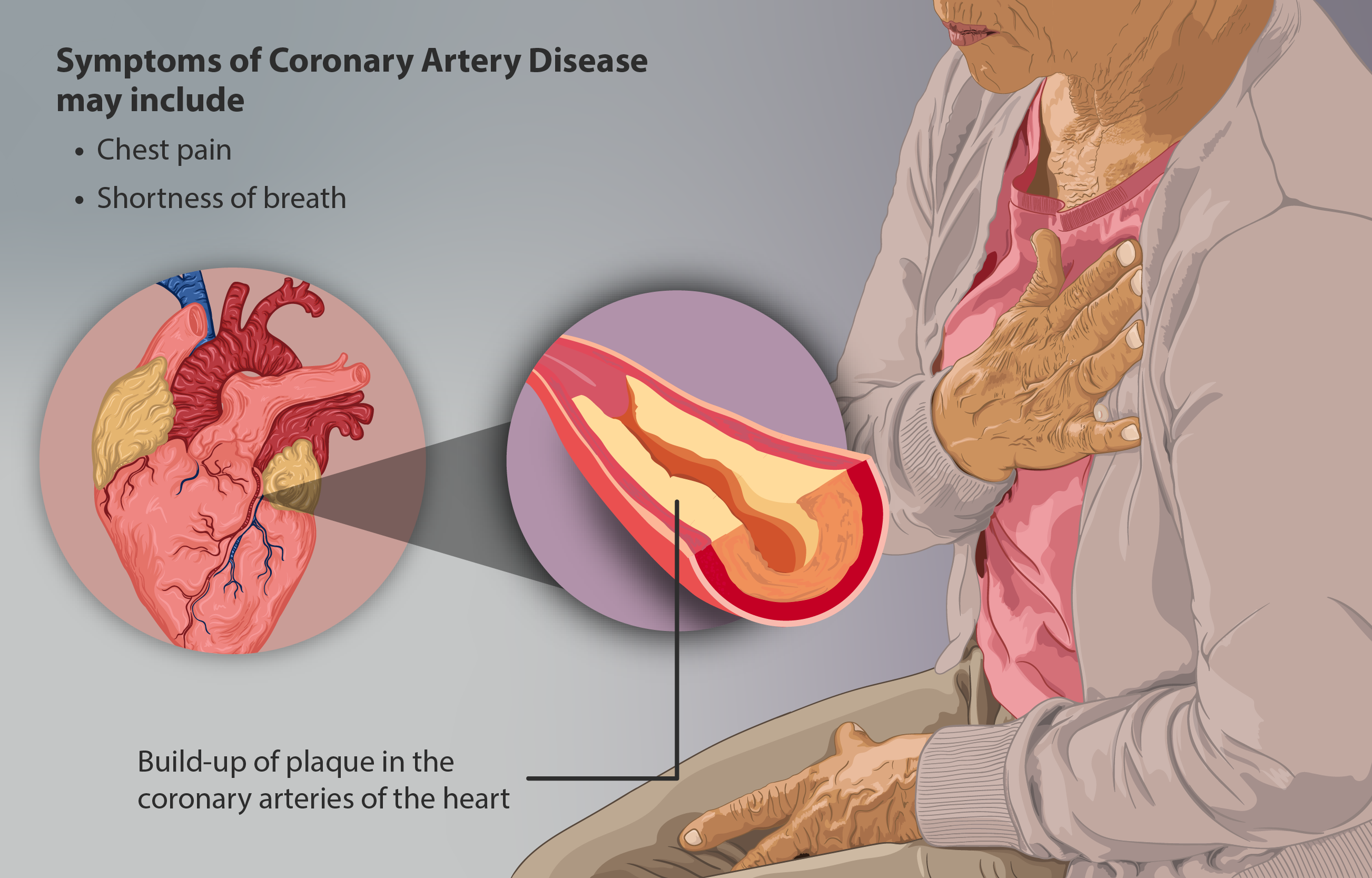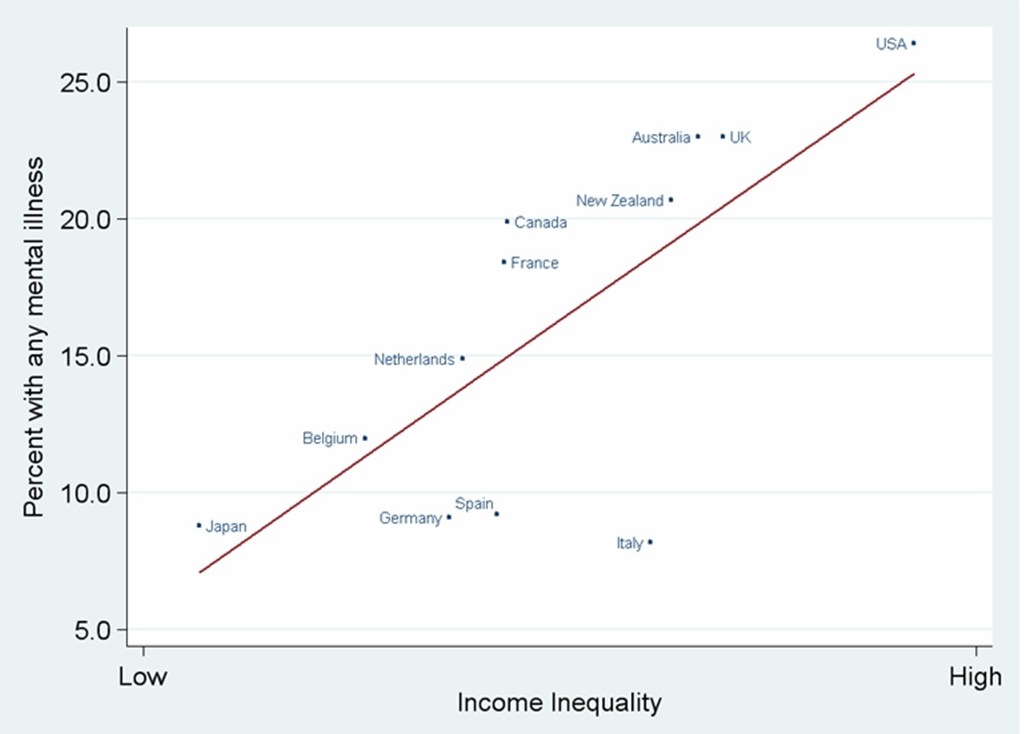|
Cook–Medley Hostility Scale
The Cook–Medley Hostility Scale (Ho) is a standard in psychology designed to measure an individual's personality and temperament, specifically degrees of hostility. Initially developed as a scale for the Minnesota Multiphasic Personality Inventory (MMPI), scores from the hostility scale represent the individual's disposition towards Cynicism (contemporary), cynicism and chronic hate. Scores from the scale have been used by studies as a predictor of the measured individual's risk of developing certain health problems as well as the success of their interpersonal relationships. Published by Walter W. Cook and Donald M. Medley in 1954, the scale has found extensive applications in defining hostility and aggression as a potential factor contributing to health and mortality. The scale's validity and reliability as a diagnosis, however, is still considered with a certain degree of controversy. History The Cook–Medley Hostility Scale was developed by psychologists Walter W. Cook of ... [...More Info...] [...Related Items...] OR: [Wikipedia] [Google] [Baidu] |
Psychology
Psychology is the scientific study of mind and behavior. Its subject matter includes the behavior of humans and nonhumans, both consciousness, conscious and Unconscious mind, unconscious phenomena, and mental processes such as thoughts, feelings, and motivation, motives. Psychology is an academic discipline of immense scope, crossing the boundaries between the Natural science, natural and social sciences. Biological psychologists seek an understanding of the Emergence, emergent properties of brains, linking the discipline to neuroscience. As social scientists, psychologists aim to understand the behavior of individuals and groups.Hockenbury & Hockenbury. Psychology. Worth Publishers, 2010. A professional practitioner or researcher involved in the discipline is called a psychologist. Some psychologists can also be classified as Behavioural sciences, behavioral or Cognitive science, cognitive scientists. Some psychologists attempt to understand the role of mental functions in i ... [...More Info...] [...Related Items...] OR: [Wikipedia] [Google] [Baidu] |
Hypertension
Hypertension, also known as high blood pressure, is a Chronic condition, long-term Disease, medical condition in which the blood pressure in the artery, arteries is persistently elevated. High blood pressure usually does not cause symptoms itself. It is, however, a major risk factor for stroke, coronary artery disease, heart failure, atrial fibrillation, peripheral arterial disease, vision loss, chronic kidney disease, and dementia. Hypertension is a major cause of premature death worldwide. High blood pressure is classified as essential hypertension, primary (essential) hypertension or secondary hypertension. About 90–95% of cases are primary, defined as high blood pressure due to non-specific lifestyle and Genetics, genetic factors. Lifestyle factors that increase the risk include excess salt in the diet, overweight, excess body weight, smoking, physical inactivity and Alcohol (drug), alcohol use. The remaining 5–10% of cases are categorized as secondary hypertension, d ... [...More Info...] [...Related Items...] OR: [Wikipedia] [Google] [Baidu] |
Coronary Artery Disease
Coronary artery disease (CAD), also called coronary heart disease (CHD), or ischemic heart disease (IHD), is a type of cardiovascular disease, heart disease involving Ischemia, the reduction of blood flow to the cardiac muscle due to a build-up of atheromatous plaque in the Coronary arteries, arteries of the heart. It is the most common of the cardiovascular diseases. CAD can cause stable angina, unstable angina, myocardial ischemia, and myocardial infarction. A common symptom is angina, which is chest pain or discomfort that may travel into the shoulder, arm, back, neck, or jaw. Occasionally it may feel like heartburn. In stable angina, symptoms occur with exercise or emotional Psychological stress, stress, last less than a few minutes, and improve with rest. Shortness of breath may also occur and sometimes no symptoms are present. In many cases, the first sign is a Myocardial infarction, heart attack. Other complications include heart failure or an Heart arrhythmia, abnormal h ... [...More Info...] [...Related Items...] OR: [Wikipedia] [Google] [Baidu] |
Dysphoria
Dysphoria (; ) is a profound state of unease or dissatisfaction. It is the semantic opposite of euphoria. In a psychiatric context, dysphoria may accompany depression, anxiety, or agitation. In psychiatry Intense states of distress and unease increase the risk of suicide, as well as being unpleasant in themselves. Relieving dysphoria is therefore a priority of psychiatric treatment. One may treat underlying causes such as depression (especially dysthymia or major depressive disorder) or bipolar disorder as well as the dysphoric symptoms themselves. The 11th revision of the ''International Classification of Diseases'' (ICD-11) defines dysphoria as "an unpleasant mood state, which can include feelings of depression, anxiety, discontent, irritability, and unhappiness." Dissatisfaction with being able-bodied can be diagnosed as body integrity dysphoria in the ICD-11. Gender dysphoria Gender dysphoria is discomfort, unhappiness or distress due to the primary and secondary ... [...More Info...] [...Related Items...] OR: [Wikipedia] [Google] [Baidu] |
Anxiety Disorder
Anxiety disorders are a group of mental disorders characterized by significant and uncontrollable feelings of anxiety and fear such that a person's social, occupational, and personal functions are significantly impaired. Anxiety may cause physical and cognitive symptoms, such as restlessness, irritability, easy fatigue, difficulty concentrating, increased heart rate, chest pain, abdominal pain, and a variety of other symptoms that may vary based on the individual. In casual discourse, the words ''anxiety'' and ''fear'' are often used interchangeably. In clinical usage, they have distinct meanings; anxiety is clinically defined as an unpleasant emotional state for which the cause is either not readily identified or perceived to be uncontrollable or unavoidable, whereas fear is clinically defined as an emotional and physiological response to a recognized external threat. The umbrella term 'anxiety disorder' refers to a number of specific disorders that include fears (phobias) and ... [...More Info...] [...Related Items...] OR: [Wikipedia] [Google] [Baidu] |
Depression (mood)
Depression is a mental state of low Mood (psychology), mood and aversion to activity. It affects about 3.5% of the global population, or about 280 million people worldwide, as of 2020. Depression affects a person's thoughts, behavior, feelings, and subjective well-being, sense of well-being. The pleasure or joy that a person gets from certain experiences is reduced, and the afflicted person often experiences a loss of motivation or interest in those activities. People with depression may experience sadness, feelings of dejection or hopelessness, difficulty in thinking and concentration, or a significant change in appetite or time spent sleeping; Suicidal ideation, suicidal thoughts can also be experienced. Depression can have multiple, sometimes overlapping, origins. Depression can be a symptom of some mood disorders, some of which are also commonly called ''depression'', such as major depressive disorder, bipolar disorder and dysthymia. Additionally, depression can be a norm ... [...More Info...] [...Related Items...] OR: [Wikipedia] [Google] [Baidu] |
Mental Disorder
A mental disorder, also referred to as a mental illness, a mental health condition, or a psychiatric disability, is a behavioral or mental pattern that causes significant distress or impairment of personal functioning. A mental disorder is also characterized by a clinically significant disturbance in an individual's cognition, emotional regulation, or behavior, often in a society, social context. Such disturbances may occur as single episodes, may be persistent, or may be relapsing–remitting. There are many different types of mental disorders, with signs and symptoms that vary widely between specific disorders. A mental disorder is one aspect of mental health. The causes of mental disorders are often unclear. Theories incorporate findings from a range of fields. Disorders may be associated with particular regions or functions of the brain. Disorders are usually Medical diagnosis, diagnosed or assessed by a mental health professional, such as a Clinical psychology#Profes ... [...More Info...] [...Related Items...] OR: [Wikipedia] [Google] [Baidu] |
Mental Health
Mental health is often mistakenly equated with the absence of mental illness. However, mental health refers to a person's overall emotional, psychological, and social well-being. It influences how individuals think, feel, and behave, and how they cope with stress, relate to others, and make choices. Mental illness, on the other hand, refers to diagnosable conditions—such as depression, anxiety disorders, or schizophrenia—that disrupt a person's thoughts, mood, behavior, or functioning. It is possible for individuals with mental illness to experience periods of good mental health, just as people without a mental illness may struggle with poor mental well-being at times.[1][2] Mental health encompasses emotional, Psychology, psychological, and social well-being, influencing cognition, perception, and behavior. Mental health plays a crucial role in an individuals daily life when managing stress, engaging with others, and contributing to life overall. According to the World Heal ... [...More Info...] [...Related Items...] OR: [Wikipedia] [Google] [Baidu] |
Paranoia
Paranoia is an instinct or thought process that is believed to be heavily influenced by anxiety, suspicion, or fear, often to the point of delusion and irrationality. Paranoid thinking typically includes persecutory beliefs, or beliefs of conspiracy concerning a perceived threat towards oneself (e.g., ''"Everyone is out to get me"''). Paranoia is distinct from phobias, which also involve irrational fear, but usually no blame. Making false accusations and the general distrust of other people also frequently accompany paranoia. For example, a paranoid person might believe an incident was intentional when most people would view it as an accident or coincidence. Paranoia is a central symptom of psychosis.Green, C., Freeman, D., Kuipers, E., Bebbington, P., Fowler, D., Dunn, G., & Garety, P. (2008). Measuring ideas of persecution and social reference: the Green et al. Paranoid Thought Scales (GPTS). ''Psychological Medicine, 38'', 101 – 111. Signs and symptoms A common symptom ... [...More Info...] [...Related Items...] OR: [Wikipedia] [Google] [Baidu] |
Personality
Personality is any person's collection of interrelated behavioral, cognitive, and emotional patterns that comprise a person’s unique adjustment to life. These interrelated patterns are relatively stable, but can change over long time periods, driven by experiences and maturational processes, especially the adoption of social roles as worker or parent. Personality differences are the strongest predictors of virtually all key life outcomes, from academic and work and relationship success and satisfaction to mental and somatic health and well-being and longevity. Although there is no consensus definition of personality, most theories focus on motivation and psychological interactions with one's environment. Trait-based personality theories, such as those defined by Raymond Cattell, define personality as traits that predict an individual's behavior. On the other hand, more behaviorally-based approaches define personality through learning and habits. Nevertheless, most ... [...More Info...] [...Related Items...] OR: [Wikipedia] [Google] [Baidu] |
Indiana University
Indiana University (IU) is a state university system, system of Public university, public universities in the U.S. state of Indiana. The system has two core campuses, five regional campuses, and two regional centers under the administration of IU Indianapolis. The flagship campus of Indiana University is Indiana University Bloomington. Campuses Core campuses *Indiana University Bloomington (IU Bloomington) is the flagship campus of Indiana University. The Bloomington campus is home to numerous premier Indiana University schools, including the College of Arts and Sciences, the Hutton Honors College, the Jacobs School of Music, an extension of the Indiana University School of Medicine, the Indiana University School of Informatics, Luddy School of Informatics, Computing, and Engineering, which includes the former School of Library and Information Science (now Department of Library and Information Science), School of Optometry, the Indiana University School of Public and Enviro ... [...More Info...] [...Related Items...] OR: [Wikipedia] [Google] [Baidu] |






